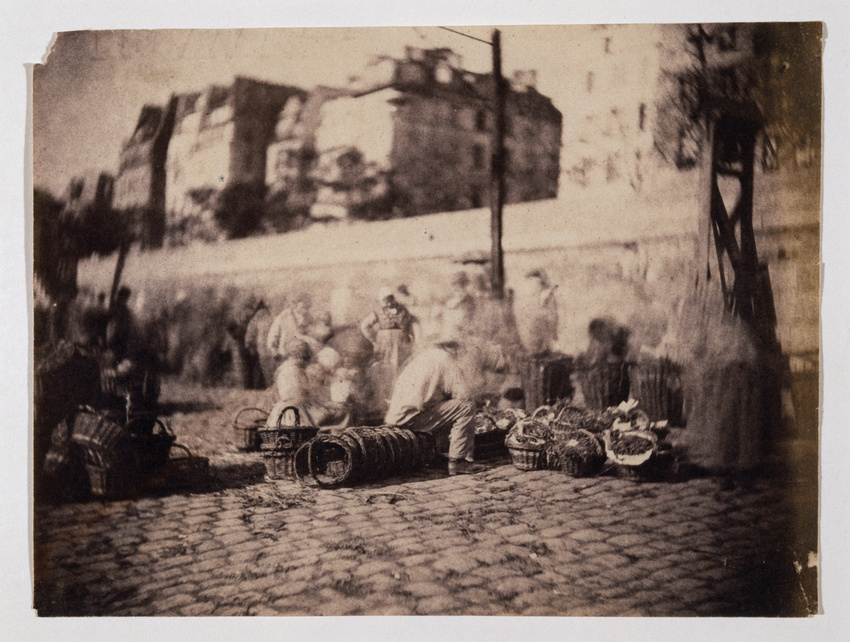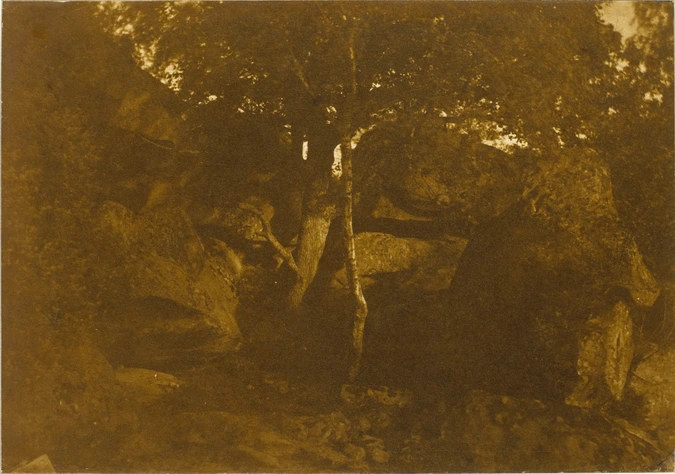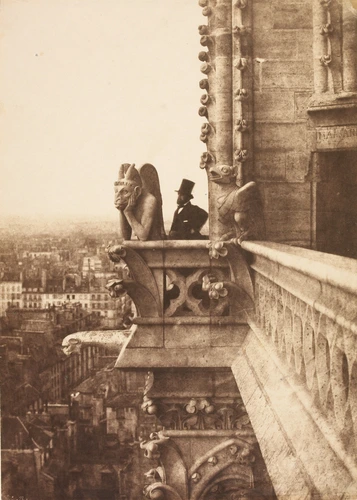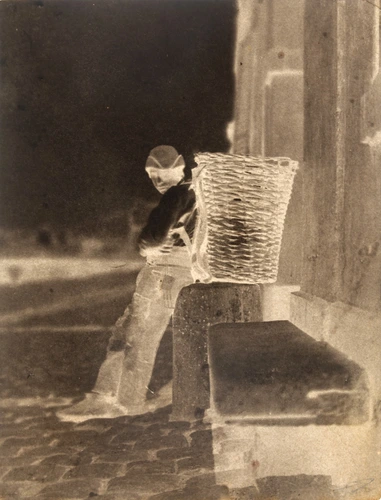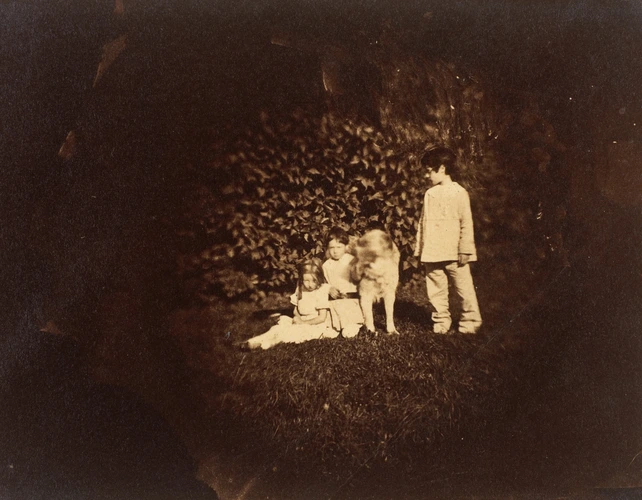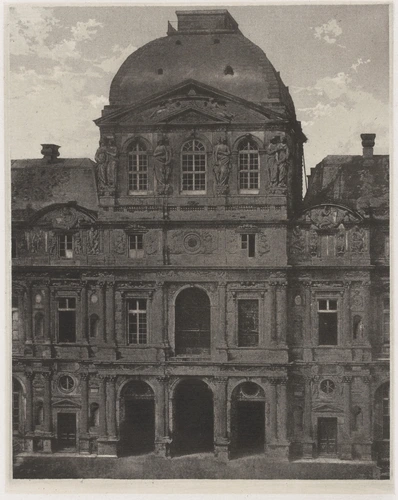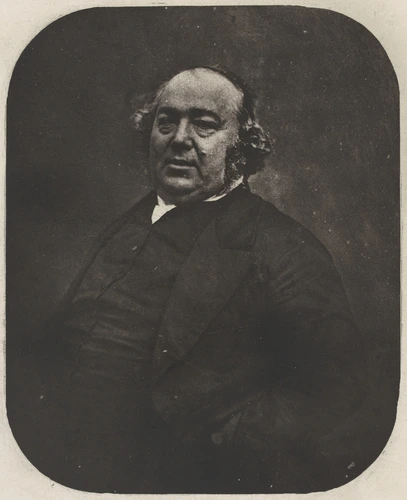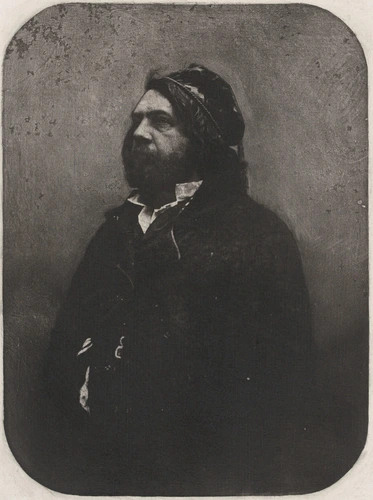Paris, scène de marché au port de l'Hôtel de Ville
It was in 1849 that Charles Nègre moved to the Ile Saint-Louis in Paris, to 21 quai de Bourbon. He would certainly not have been slow to explore the area, taking his camera with him. Having trained as a painter, he took his first photographs as studies for his paintings.
At the end of February 1852, the critic Henri de Lacretelle noticed some snapshots of market scenes in Nègre's studio. Six of these are known today, and as we know that Nègre used to take a series of shots of the same motif, these views were probably taken, if not on the same day, at least around the same time. The image that Lacretelle chose to describe later is probably the one in the Musée d'Orsay: "With incredible boldness he captured a market scene on the opposite bank. [...] It shows life itself, and it is a wonder that M. Nègre could capture it in a hundredth of a second".
The impression of vibration reinforces the feeling of life. The suggestion of movement hints at Impressionism before its time, but a quite involuntary Impressionism, even if the result certainly interested the photographer.
Lacretelle was not the only one of Nègre's contemporaries to be impressed by these images. On 12 February 1853, Ernest Lacan wrote: "[...] he tries to reproduce everything and almost always succeeds, without movement making the detail become blurred".

